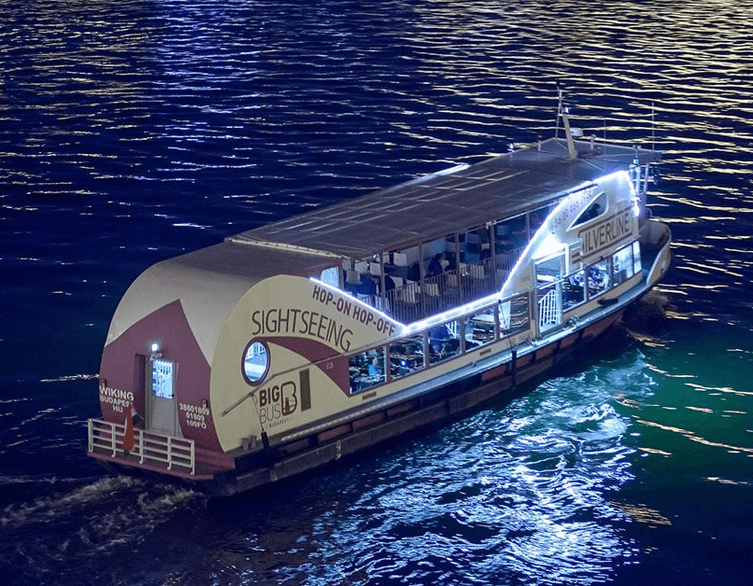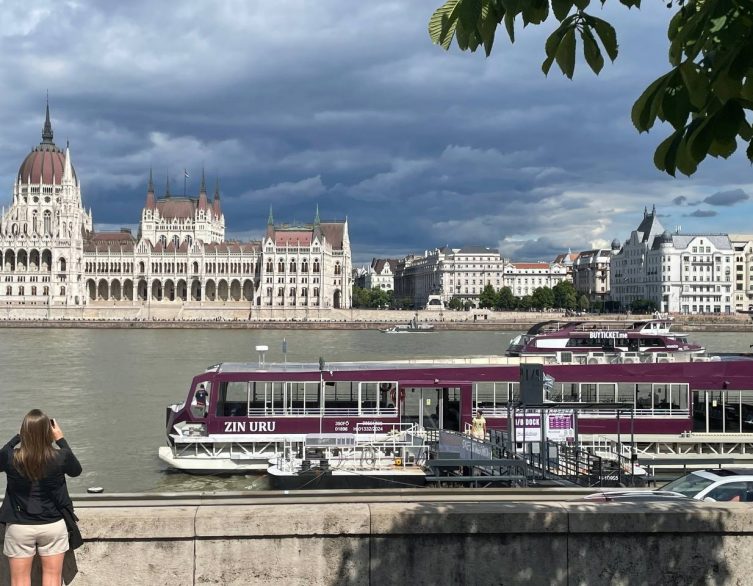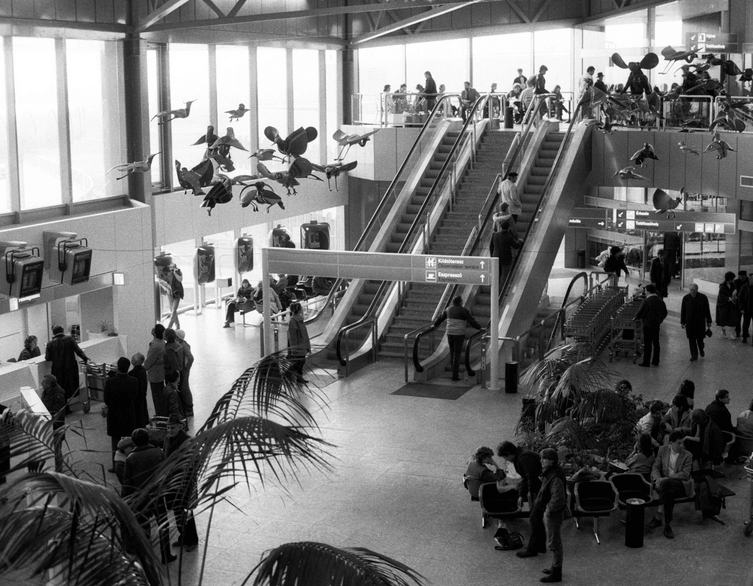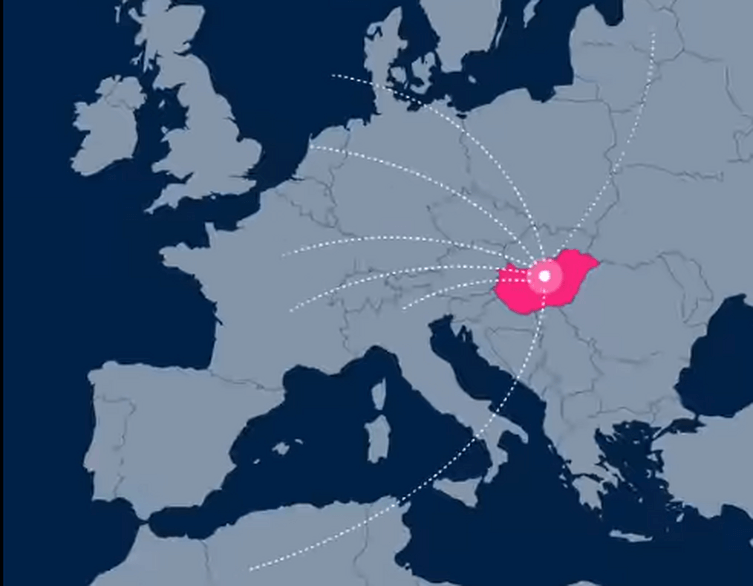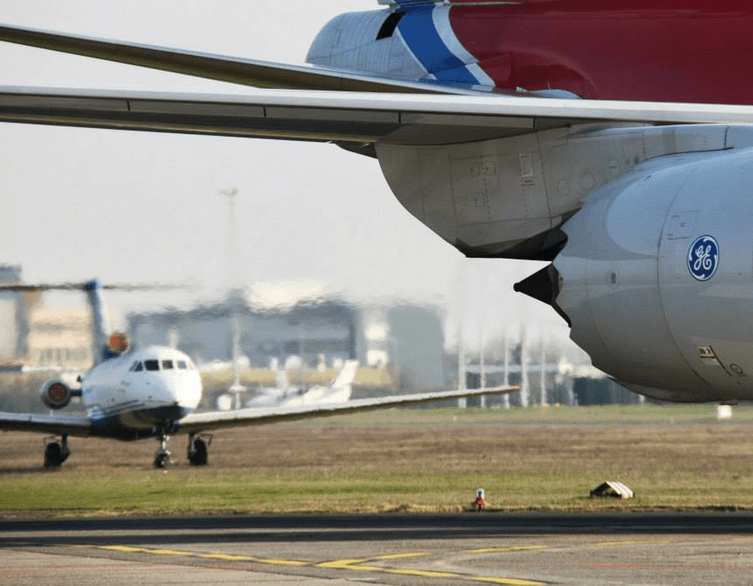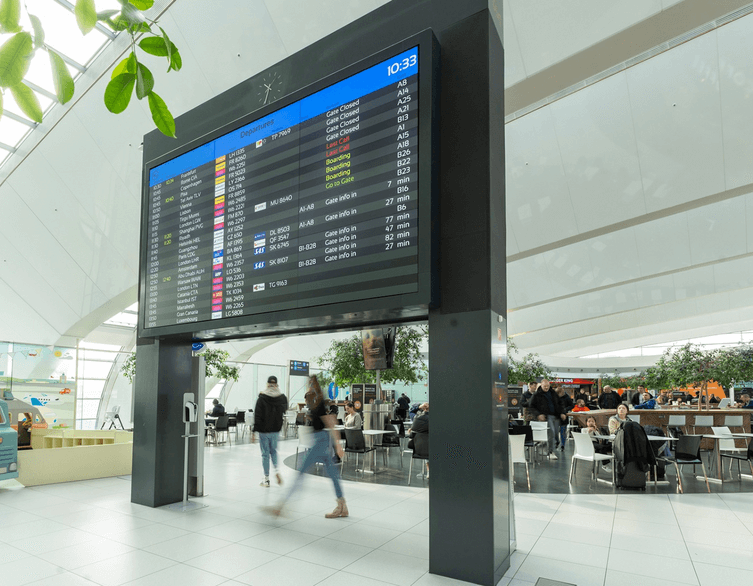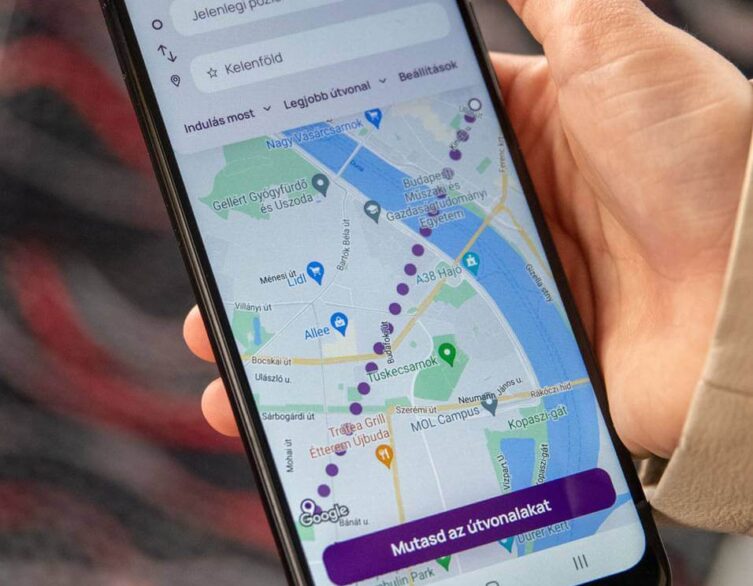Budapest’s Airport Fast Rail: A 20-Minute Link Between the City and the Sky
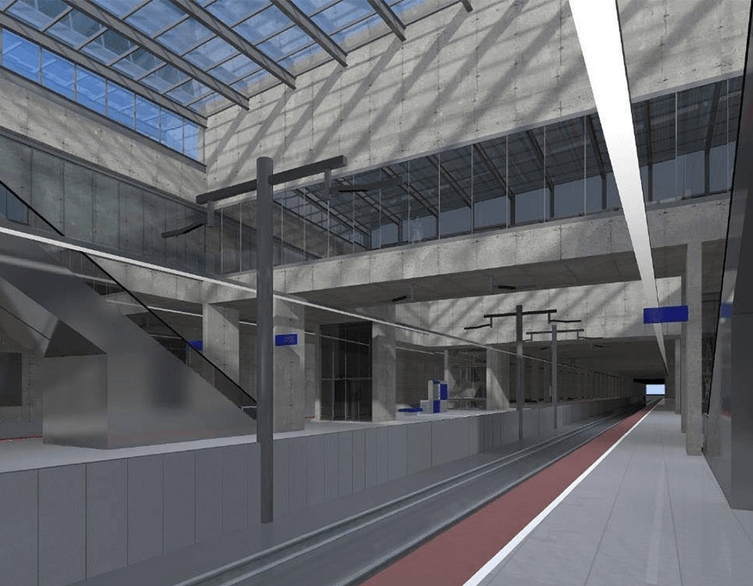
For many travelers, arriving in a new city begins with figuring out one crucial thing — how to get from the airport to the downtown area quickly and comfortably. In Budapest, that journey is about to become dramatically easier. The Hungarian government has officially unveiled plans for a brand-new airport rail link that will connect Nyugati Railway Station, one of Budapest’s most central hubs, to Liszt Ferenc International Airport in just 20 minutes.
A New Era of Travel Between the Airport and Downtown
According to the announcement by Ministers Márton Nagy and János Lázár, the Budapest Airport Express Rail will run every 5 to 10 minutes, offering a direct, fast, and convenient connection for travelers. Ticket prices are expected to be between 3,000 and 4,000 forints (around 8–10 euros), making it both affordable and competitive with existing taxi and shuttle services.
The 27-kilometer two-track railway will run from Kőbánya to Monor and integrate with Hungary’s national rail network. This not only means a rapid connection for those arriving or departing from Budapest but also easier airport access for travelers from across the country — from cities like Debrecen, Győr, Szeged, or Székesfehérvár.
Best deals of Budapest
The trains will operate at speeds of up to 100 km/h, linking directly to the airport’s terminals and providing a smooth, luggage-friendly experience for passengers. The project will be developed through an international concession framework, with the investment expected to total around 1 billion euros.
A Grand Vision for Budapest Airport
The rail link is only one part of an ambitious 2.5 billion-euro infrastructure plan that’s set to transform the entire airport area. Construction is also planned for a Third Passenger Terminal, designed to double the airport’s capacity to roughly 40 million travelers per year by 2035. The new terminal’s foundation stone could be laid as soon as early 2026, with completion expected by 2034–2035.
Complementing these projects, a new 12-kilometer six-lane expressway will connect the airport directly with Budapest’s main road network by 2028. This will further ease road congestion around the airport and improve travel times for those arriving by car or taxi.
A Long Time Coming
For decades, the idea of a dedicated rail connection to Budapest Airport has come and gone in various forms — first proposed as far back as the 1970s. Each government discussed it, yet none succeeded in turning the project into reality. This time, however, things look different. With detailed planning, international tendering, and a clear construction timetable, the project is finally gaining traction.
Transport experts, including former state secretary Dávid Vitézy, cautiously welcomed the announcement, calling it a major step forward while reminding the public to stay realistic. Past experiences with postponed infrastructure projects show that challenges may still lie ahead, but optimism prevails that the capital’s airport will finally get the rail link it deserves.
A City Poised for a Travel Renaissance
Budapest’s future as a major Central European travel hub is looking brighter than ever. Once completed, the airport fast rail will make commuting between downtown landmarks — such as the Parliament, Andrássy Avenue, and the Danube embankment — and the airport faster and stress-free. Visitors landing in Hungary’s capital will be able to reach the city center in roughly the same time it takes to finish a coffee.
The developments aren’t just about convenience; they represent a symbolic step in connecting Hungary’s urban dynamism with its growing role in European tourism and industry. With ongoing improvements to Budapest’s transport network, from new metro lines to revitalized railway stations, the city is reaffirming its place on the global travel map.
When Will Travelers Be Able to Ride?
Construction of the airport rail line and the Third Terminal will stretch into the next decade, with both expected to be completed around 2034–2035. Still, as progress continues, visitors can expect to see visible signs of change in the coming years — new tracks being laid, modern transport hubs emerging, and perhaps even the first test trains on the line before the decade ends.
For now, tourists heading to Budapest can look forward to a smoother, faster arrival experience in the near future — one that promises to begin their journey through this stunning European capital the right way: with ease, comfort, and a touch of modern innovation.
Related news

















